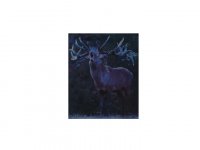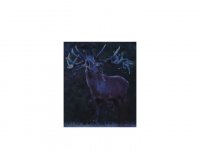*** EDIT Chosun Juan post #58 ***
Juan:
Those day and night transmission numbers were straight from the Ginkel Europa binocular
review from 2010. It presents some spectophotometer scores for 2 common transmission levels. Very hard to post them all in a condensed form.
I did not interpret them in any way, as I am a novice, but an interested binocular user.
Do a search of this review, you will then see how they did things and how many binoculars
will compare.
Jerry
Jerry, All
Oops! After looking into this further, it is indeed us "down under" (or at least me anyways - hey it was 3am after all!) that are *rs* about with Day /Night.
500 nm is taken as the
'Night' level (or I have read 505 nm, or even 510 nm)
555 nm is taken as the
'Day' level
*************************************************************
It's too late for me to Edit my -
Chosun Juan post #58, so I'll correct it here.
The figures for the test on allbino's of the Zeiss Victory 8x56 T*FL should be (reading off the graph):
90 +/- 1% ...... 500 nm - Night level
93.6 +/- 1% ... 555 nm - Day level
*************************************************************
The choice of ~500 nm and ~555 nm has to do with the rods (peripheral) and cones (central) of the eye.
They correspond to the peaks of the Photopic Curves (cone biased) and Scotopic Curves (rod biased).
There is some 'by-product' discussion of these values, and useful 'maven' inputs in this thread:
Comprehensive 10x42 test in German magazine
http://www.birdforum.net/showthread.php?t=180743
You may also find this information on the curves (in relation to lighting) useful, here:
http://www.gelighting.com/na/busine...hite_papers/download/photopic_scotopic_lb.pdf
Other useful information on the photopic / scotopic curves can be found here:
Brightness and Night-Day Sensitivity
http://hyperphysics.phy-astr.gsu.edu/hbase/vision/bright.html
Allbinos has a good article on the colour spectrum here:
http://www.allbinos.com/index.php?art=160

Now considering these 'brightness' transmission points / values, the way the eye works, and the light spectrum before / at twilight ...
Is Zeiss onto something here ?
A brighter, but (relatively - as opposed to boosting the upper wavelengths to high heaven) less contrasty view ??
Chosun :gh:
_____________________________________________________________
Until we see the transmission graph, I think Herr Bob Dylan had it right
'the answer my friends is p***ing in the wind' ...... |

|









